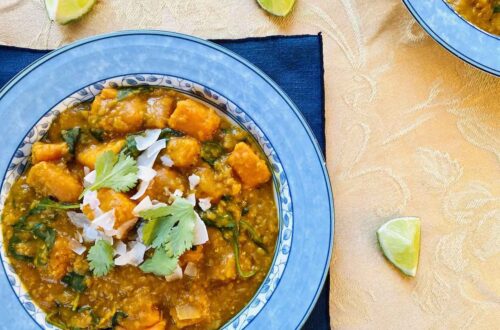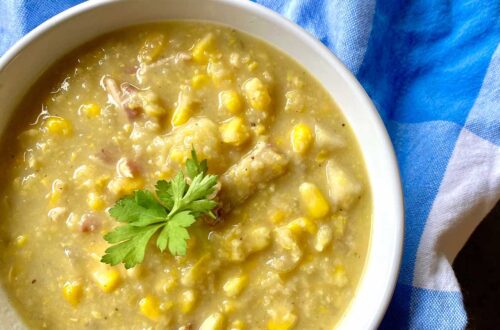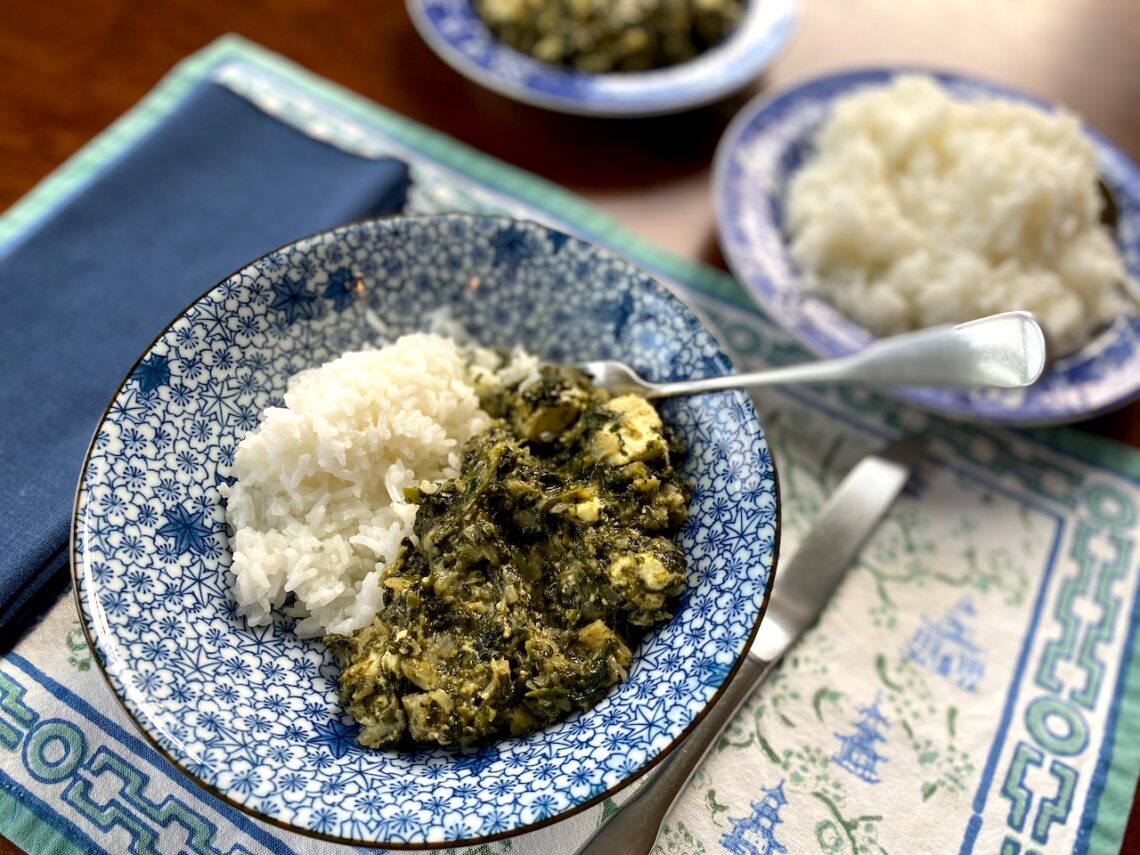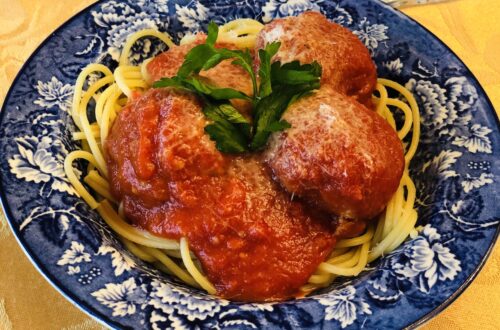-
Eggplant with Minty Tomato Sauce and Yogurt
The first year I lived in Berlin, my roommate and I cooked a lot. That year I learned to roast a chicken, not be scared of baking things I’d never heard of, and to put a lot of salt into pasta water. This dish – eggplant with minty tomato sauce and yogurt – was one of our staples, something we’d often make after coming home from a long day or for friends on the weekend. I’m not sure why, but I stopped making it for a number of years. When I decided to cook it this summer, I had no idea where I had gotten the recipe from. A quick google search showed me it is one of Madhur Jaffrey’s recipes, which explains why it’s so good. I’ve always loved eggplant, and the combination of spice and cumin cut by the creamy yogurt is a great late summer dish.
There is a lot to say about eggplants, olive oil, and tomatoes, but today’s post focuses on spices, specifically cumin. Cumin is the second most popular spice in the world, just behind pepper. Historians believe that it was first grown in Egypt, along the Nile, where it was used in the mummification process. The Greeks and Romans also used cumin, although they associated the spice with greed. Cumin didn’t remain in the Mediterranean, but spread around the world. It traveled east to Persia and then to India, as well as west to Spain and from there to North and South America. This spread of cumin explains why it is found in so many different food cultures: Indian, Iranian, Middle Eastern, Mediterranean, Mexican, Cuban, and many more.
-
Blueberry-Peach Pie
When I was a child, vacation meant pie. Key lime pie, strawberry rhubarb pie, but most importantly, blueberry peach pie. In my memory, this was the perfect pie: not too sweet, just tart enough, with a flaky crust. We would pick it up from a pie stand on the side of the road and I would hold it carefully on my lap on the ride home, feeling the heat from the freshly baked pie through the container. That pie stand disappeared some years ago, but since then I’ve been trying to recreate this perfect pie. I’ve spent years trying out different crusts – all butter, with vodka, butter and shortening – but just one tablespoon of apple cider vinegar here makes all the difference. The filling is sweet but still a little tart, with no cornstarch and no frozen berries: just the best pie dough I can imagine with that perfect mix of blueberries and peaches.
Blueberries are the focus today, since here in the Midwest we are at the height of blueberry season. The US is the world’s largest producer of blueberries, producing an estimated 690 million pounds in 2016. Despite the large domestic production, the US is actually a net importer of blueberries, due to the large imports during the winter months when they don’t grow in the US. In 2017, the US imported 137.8 million pounds of fresh blueberries, over half of which came from Chile.
-
Saag Feta
The pandemic has given me a chance to explore some new cookbooks. There are a few that I’m really excited about, but right now I’m obsessed with Indian(-ish) by Priya Krishna. It’s a collection of “Indian-ish” recipes – think Indian with American influences – that Priya’s mother cooked while Priya was growing up in Dallas. The recipes are simple but tasty, the photos are beautiful, and it has even inspired others in my apartment to try out the recipes. Although I want to cook just about everything in the cookbook, there is one recipe that I have fallen in love with: saag feta. Priya (really, her mother), replaced the paneer with feta and the end result is delicious. The feta melts perfectly into the spinach, adding a saltiness that matches the spice and the spinach.
I could go on and on about the saag, but I’ll get to the point. I’m cheating this week. Instead of an ingredient in the dish, I’m going to discuss an ingredient that goes with (or under) the dish: rice. I recently learned that almost 85 percent of rice consumed in the US is grown domestically and was astounded. Sure, I knew that the US had once grown rice – although the US history I had learned in high school and college was woefully inadequate, I knew that enslaved people had been forced to work the rice paddies in the Carolinas, which was incredibly dangerous and deadly work, where malaria, yellow fever, and other dangers were ever-present. (Also, it was actually enslaved people’s expertise in rice cultivation, brought over from Africa, that made rice growing in the US possible.)










